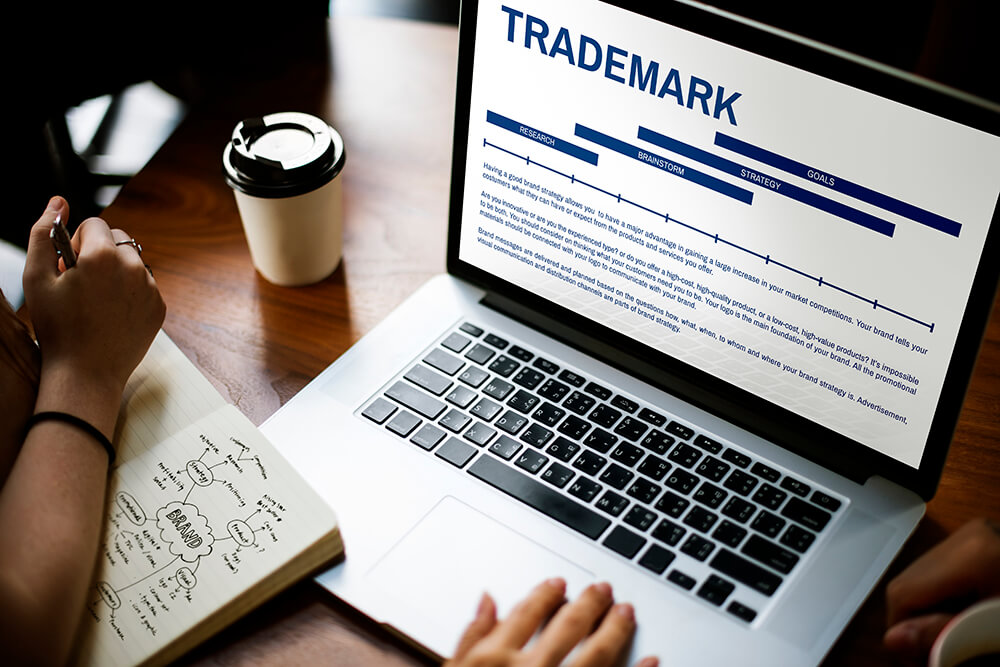Trademark Litigation – An Overview
In Canada, trademark litigation is not as straightforward as patent litigation due to a number of different factors that trademark owners and defendants must consider.
Trademark rights can be acquired either at common law or through registration pursuant to the provisions of the Trademarks Act. Common law rights arise only through use of the trademark somewhere in Canada so as to acquire goodwill or a reputation amongst consumers. As a result, common law rights are limited in scope in terms of geographical area and segment of the consuming public. On the other hand, a registration gives the owner exclusive rights to use the trademark, or any confusingly similar trademark, across Canada. Another benefit of a registration is that the owner is presumed to have valid trademark rights so that the onus is on a defendant to prove invalidity.

The owner of an unregistered trademark can enforce its rights by bringing a proceeding for “passing off” at common law or under section 7 of the Trademarks Act. A registered trademark can be enforced by bringing a proceeding for infringement and/or depreciation of goodwill. The key issue in all cases is whether the defendant’s activity is causing, or is likely to cause, confusion.
Common law and registered trademark rights can be enforced in either the superior court of a province/territory or in the Federal Court. The majority of trademark cases are brought in the Federal Court because its jurisdiction spans across Canada, whereas a superior court’s jurisdiction is limited to its respective province or territory. This is important because, for example, an injunction granted by the Federal Court has effect across Canada regardless of where the infringing activity was occurring. Another advantage of proceeding in the Federal Court is that many of its judges have experience in IP, including as IP practitioners prior to being appointed.
If a trademark owner decides to proceed in the Federal Court, they have the choice between bringing an “action” or an “application” to enforce their rights. An “action” is the typical, well-known manner of proceeding, involving the exchange of pleadings, documentary and oral discovery, and trial with live witnesses. An “application”, in contrast, is a summary proceeding in which all the evidence is in the form of affidavits and cross-examinations on the affidavits. There is no discovery or trial with live witnesses. Rather, an application culminates in a hearing based on the paper record only.
After a trial or hearing on the merits, a successful trademark owner is generally entitled to an injunction forbidding the defendant from using the infringing trademark or a confusingly similar variation thereof. Often, the court will also order delivery up or destruction of any materials, documents, etc. that include the infringing trademark. In addition, a successful owner may be able to elect between recovering the damages it has suffered and the profits the defendant made from the infringing activities. Damages are always available as of right, whereas an accounting of profits is an equitable remedy that is awarded at the court’s discretion. Lastly, as in all litigation in Canada, a portion of legal costs are generally awarded to a successful party in trademark litigation.
A defendant in an infringement action can counterclaim to invalidate and expunge a trademark registration, or it can take the initiative and bring its own proceeding to expunge a trademark registration. Only the Federal Court has jurisdiction to expunge a registration, although a defendant can raise the invalidity of a trademark as a defence in any court.
